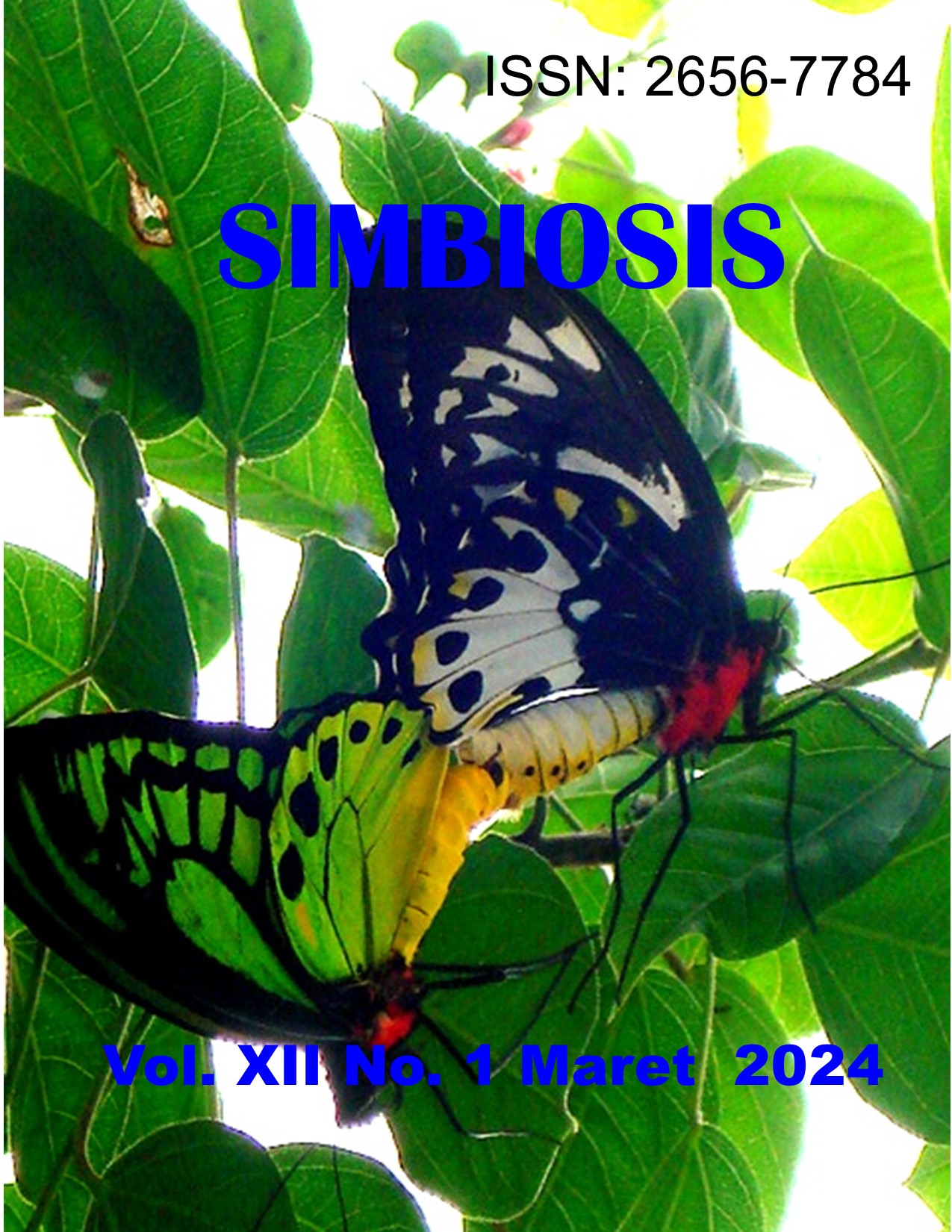DETEKSI DAN IDENTIFIKASI PATOGEN JAMUR TERBAWA BENIH PADA MALAPARI [Pongamia pinnata (L.) Pierre]
DOI:
https://doi.org/10.24843/JSIMBIOSIS.2024.v12.i01.p08Keywords:
Aspergillus, blotter test, fabaceae, germination percentage, viabilityAbstract
The existence of malapari as a potential bioenergy plant relies on the natural populations in coastal forests, which are decreasing due to erosion and human activities. The provision of high-quality malapari seedlings, mostly through generative reproduction, is necessary to enhance its population in nature. However, one of the obstacles encountered during the seed germination process is the low germination capacity or ability of seeds due to poor seed quality. The presence of seed-borne pathogens affects seed health. This study aims to identify seed-borne pathogenic fungi and seed germination capacity in three malapari accessions. The research was carried out at the Plant Taxonomy (Mycology) Laboratory, Biology Program, Faculty of Mathematics and Natural Sciences, Udayana University, from January to February 2023, using malapari seeds obtained from three accessions, namely Tangguwisia, Umeanyar, and Seririt. The seeds were sterilized, followed by the blotter test method and direct sowing method on Potato Dextrose Agar media, then incubated at room temperature. Isolates that grew were reisolated on fresh PDA media to obtain pure cultures for subsequent observation and identification at the genus and/or species level. The results revealed the presence of Aspergillus flavus, Aspergillus niger, Rhizoctonia solani, Penicillium sp., Fusarium sp., Colletotrichum sp., and Alternaria sp. The percentage of germination capacity was highest in Seririt (38%), followed by Umeanyar (35%), and Tangguwisia (31%).
Keywords: Aspergillus, blotter test, fabaceae, germination percentage, viability


